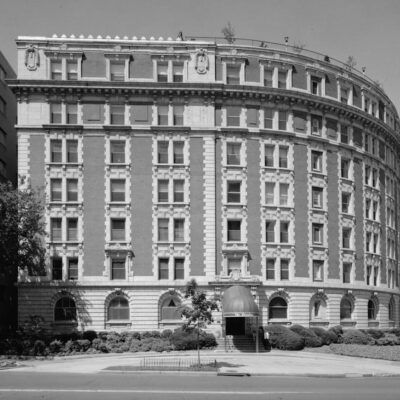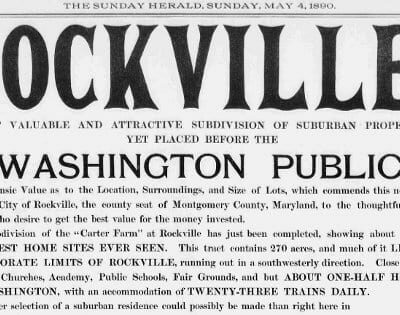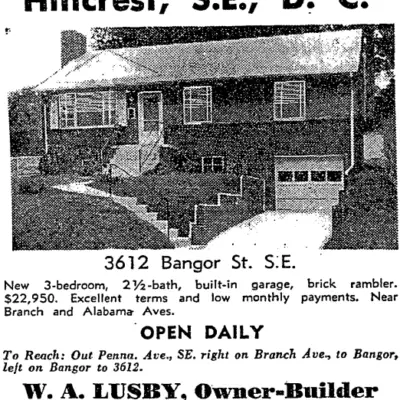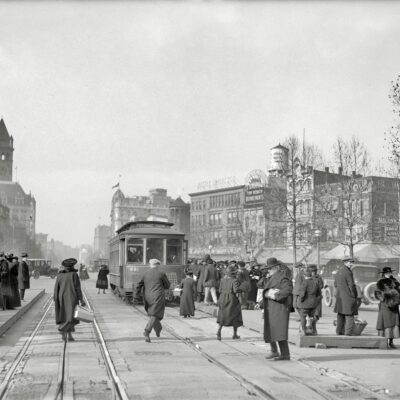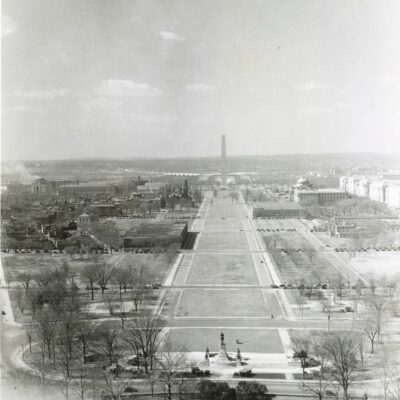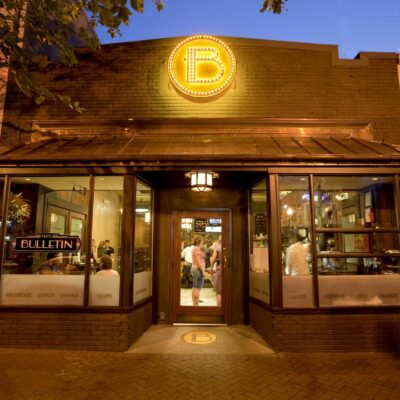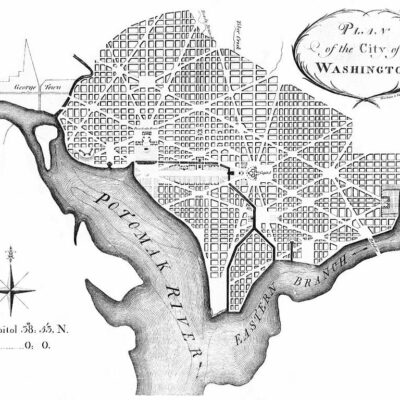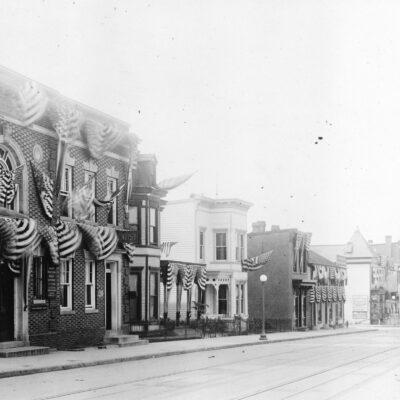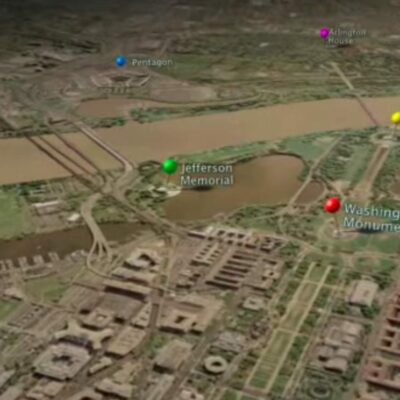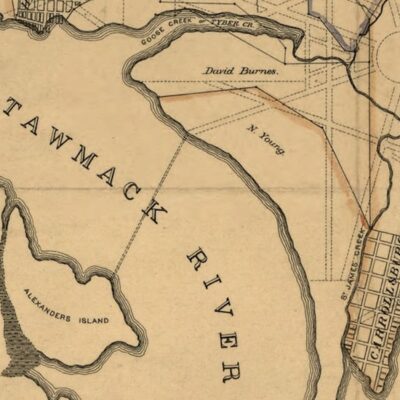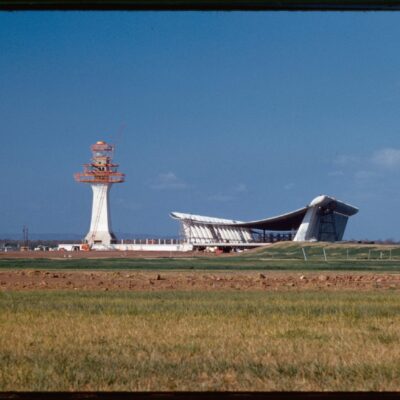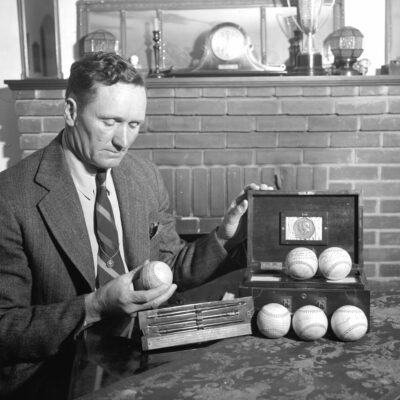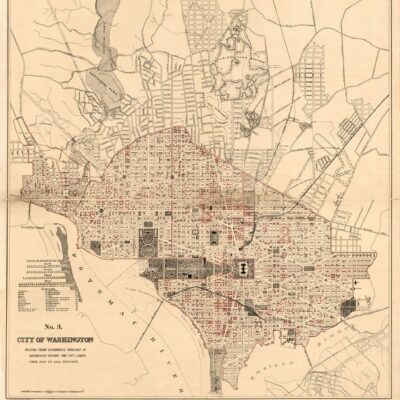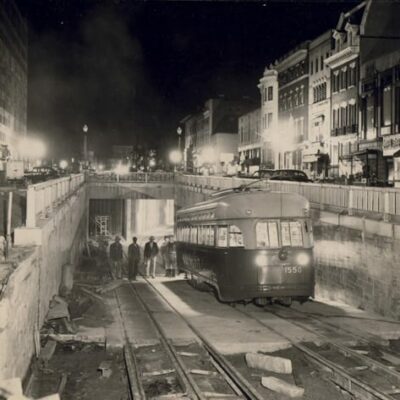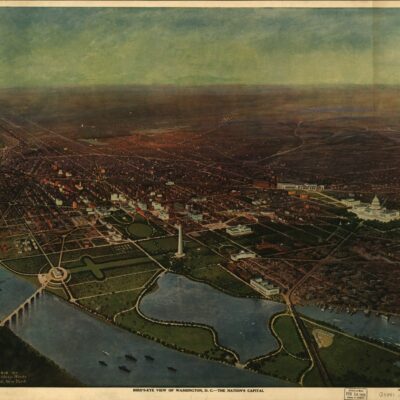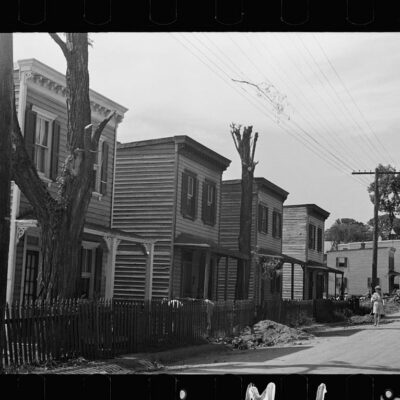If you’re fortunate enough to be participating in WABA’s “Down the Tubes” ride tomorrow, the last stop on your journey is going to be Poplar Point. Probably 70% of District residents don’t know what this is or where it is, but a number of important historical events have happened here. One of these events involved a future president.
1. Bonus Army and the Summer of 1932
Over 43,000 marchers came to Washington in 1932 demanding payment for their World War Adjusted Compensation Act bonuses. The law was passed on May 1924, entitling each veteran of World War I to $1.00 for each day of military service within the United States and $1.25 for each day served overseas during the war.
This was a financially viable idea during the Roaring Twenties, but the economic implosion on Wall Street and the subsequent Great Depression, times were tough, and budgets were tight. Many of the veterans were awarded these bonuses in the form of certificates, with compound interest, not redeemable until 1945. Most of the men, having lost their jobs, were without income and came to Washington demanding immediate payment for their service in the military.
The men came to Washington with their families and camped on the south bank of the Anacostia River and, within a short period of time, a Hooverville had grown on the banks of the river.
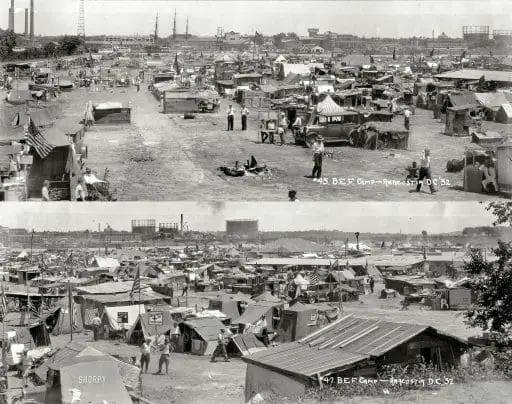
On July 28th, Attorney General William Mitchell ordered police to remove the Bonus Army from their illegal campsite. After their brief eviction, the veterans returned, but in doing so, a crowd rushed two policemen, cornering them. The policemen drew their guns and shot two veterans at close range, William Hushka and Eric Carlson. Both Hushka and Carlson died — they were later buried with honor at Arlington Cemetery.
President Hoover was informed of the incident and demanded the immediate eviction of the camp by the U.S. Army. General Douglas MacArthur (familiar name?) was the commanding officer, supported by Major George Patton (also familiar?) and the General’s aide, Dwight D. Eisenhower (in 20 years, he’s going to be president).
The Bonus Army had been congregating near Pennsylvania Avenue, north of the Anacostia River, when they were confronted with the MacArthur’s 12th Regiment and 3rd Cavalry. They (and their families) were charged and chased by fixed bayonets, across the river back to their campsite on the Anacostia Flats. Hoover ordered the assault to stop, but MacArthur disobeyed, feeling the Bonus March was a Communist insurrection, designed to overthrow the government.
The U.S. Army forcefully evicted the veterans from their campsite, this time permanently, burning all the structures to the ground. Countless veterans were injured in the process, over 100 were arrested, one woman had a miscarriage and a baby died after being caught in a tear gas attack.
This was one of the lowest points in United States military history as well as American history and it happened on the banks of the Anacostia River (aka, the Eastern Branch of the Potomac), all within site of the Capitol Building.
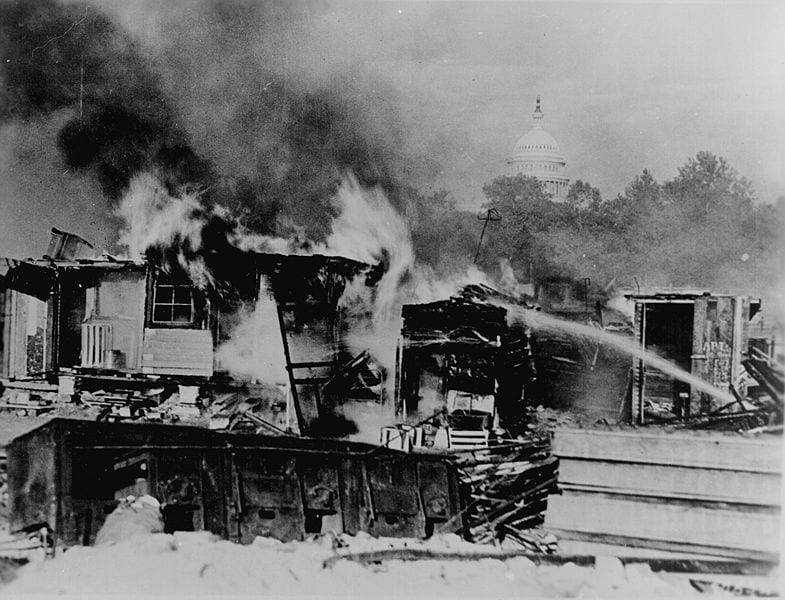
2. A proposed stadium site
The southern bank of the Anacostia River is an excellent place to put a stadium. D.C. United would love a shiny new home there. Well, they were not the first to think about this. I dug up an article from October 25th, 1925, proposing a new stadium on the river.
Sixty-six acres of the Anacostia Flats, known as section E, was recommended as a suitable site for the construction of the proposed athletic stadium at a meeting of the Anacostia Citizens Association last night in the Masonic temple at Fourteenth and U streets northeast.
This tract is bounded on the north by the Pennsylvania and B. & O. railroad tracks and on the south by Pennsylvania avenue. Need of such a stadium in the National Capital was stressed by the citizens. It was pointed out that a stadium would attract intersectional games here as well as large crowds of visitors.
Well, the stadium didn’t happen then, and it’s not going to happen today.
3. Bolling Field opens for air mail
An article in the Washington Post on July 5th, 1918 marks the opening of Bolling Field, the day earlier. On the Fourth of July, the air field was opened to provide air mail service for the Washington area.
Bolling field is the name given to the aviation station opened yesterday on the Anacostia flats, opposite the War College, under an order issued by Maj. Gen. William L. Kenly, director of military aeronautics. It is a single-squadron field, with capacity of eighteen planes.
It will serve as a place for experiments, as the terminal of the New York, Philadelphia and Washington air mail line and as a training field for administrative officers to practice. It will supplement the Potomac Park field, where the mail heretofore has been landed. The first mail was delivered on Bolling field yesterday.
The field is named in memory of Col. Raynal C. Bolling, of the signal corps, who was killed in action March 29 on the road between Estree and Foukan Court, France, during the German offensive.
In 1938, the disastrous crash in Anacostia originated from this field, killing Leslie MacDill (they named a base after this guy) and Joseph Gloxner.
This was an epic post and I hope you enjoyed it. More importantly, I hope you enjoy your bicycle tour of our city. WABA is a great organization with an important mission. If you’re not on the ride, maybe you can give them a small donation to help advocate for more bicycle use in Washington.
Related articles
- A Plane Crash in Anacostia
- A 17th Century History of Anacostia: Captain John Smith, Natcochtank and Settlement
- Anacostia River Walks, Vegan Burgers & Fries (vitasveganventures.wordpress.com)
- Three Things About the Bryant Street Pumping Station
- Anacostia River and Surrounding Area Development Ideas (anc7d01.wordpress.com)
- 1932 Bonus March – Re Patton; MacArthur; Eisenhower, etc. (gunnyg.wordpress.com)
